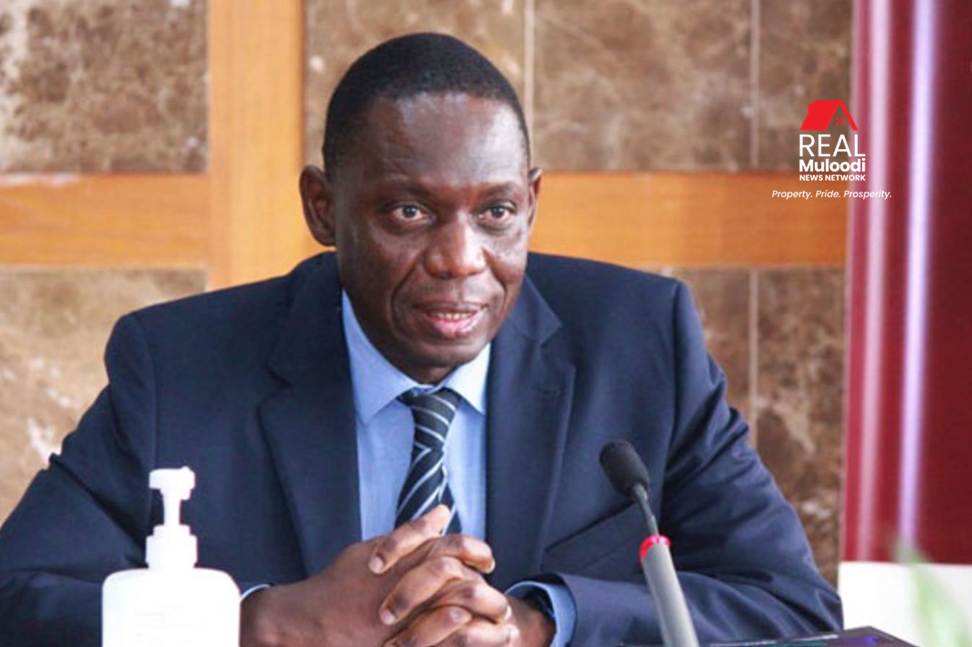UGANDA, Kampala | Real Muloodi News | According to Michael Atingi-Ego, the Deputy Governor of the Bank of Uganda (BoU), Uganda’s public debt has reached USh80 trillion, and continues to be higher than 50 per cent of the country’s Gross Domestic Product (GDP).
Mr Ating-Ego disclosed the debt amount to the Members of Parliament after being asked to speak about the nation’s declining economy and current double-digit inflation.
“Our [total public] debt today is about USh80 trillion both domestic (USh33 trillion) and external (USh47 trillion). But in terms of sustainability, I think we are still sustainable, the only challenge we have is the liquidly indicators, those indicators that you observe in order to assess whether you are able to pay,” Mr Ating-Ego said.
He added: “So if you look at our debt service to revenue collection, it is very worrying, it is about 30 per cent. It means for every shilling you collect as taxes, 30 cents goes to debt service, which means you are crowding out other important expenditures such as social and investment expenditures to service the debt.”
Economic analysts say that the nation’s public debt has recently increased significantly in just a short time due to massive infrastructure projects and rising market volatility.
Adam Mugume, Executive Director of Research and Policy at the Bank of Uganda, confirmed that Uganda’s public debt comprises USh33 trillion of domestic debt and USh47 trillion of overseas debt.
The amount of money owed by Uganda to its various creditors increased from USh56.938 trillion in FY 2019/20 to USh69.513 trillion (USD19.54 billion) at the end of the financial year 2020/21, according to a report by a parliamentary committee recently issued.
With foreign lenders and rating agencies including the IMF, World Bank, Moody’s, and S&P lowering Uganda’s creditworthiness, the county’s debt has recently been under intense scrutiny.
The World Bank and IMF have cautioned countries to ensure their national debt never rises beyond 50 per cent of their GDP. However, Uganda’s economy last financial year grossed 52.7 per cent, higher than the 50 debt to GDP redline threshold.
This is, however, expected to drop at most to 49.3 per cent in three years, after oscillating between 51.2 and 52.4 per cent over the next two years.
A country’s credibility is negatively impacted by having such significant debt levels, which results in higher interest rates for any government borrowing, ultimately affecting the final consumer.
Ms Jane Nalunga, the executive director of Southern and East Africa Trade and Information Negotiations Institute (SEATINI) – Uganda, a non-governmental organisation focused on trade, fiscal and development issues, cautions government on its appetite for borrowing.
“[The] government is on a borrowing spree with little hope of repayment. We are crying for debt cancellation in civil society, yet the government is continuing to borrow. Members of Parliament must stop authorising loans which are just wasted while some are not even used while we pay interest,” says Nalunga.
Mr Ating-Ego also warned the Ministry of Finance against issuing loans that do not promote economic growth.
“We have a challenge that the debt service in the next two years is quite big. In the year 2022/23, we are spending close to USD1.8 billion for government imports and debt service,” Mr Ating-Ego said.
He said that all government-obtained commercial loans should have a grace period of at least five years since there are multiple loans in the works with maturing payment dates that would strain Uganda’s foreign exchange reserves.
READ MORE LIKE THIS:
Youth Protest Govt’s Borrowing as Uganda’s Debt nears UGX 66 Trillion



